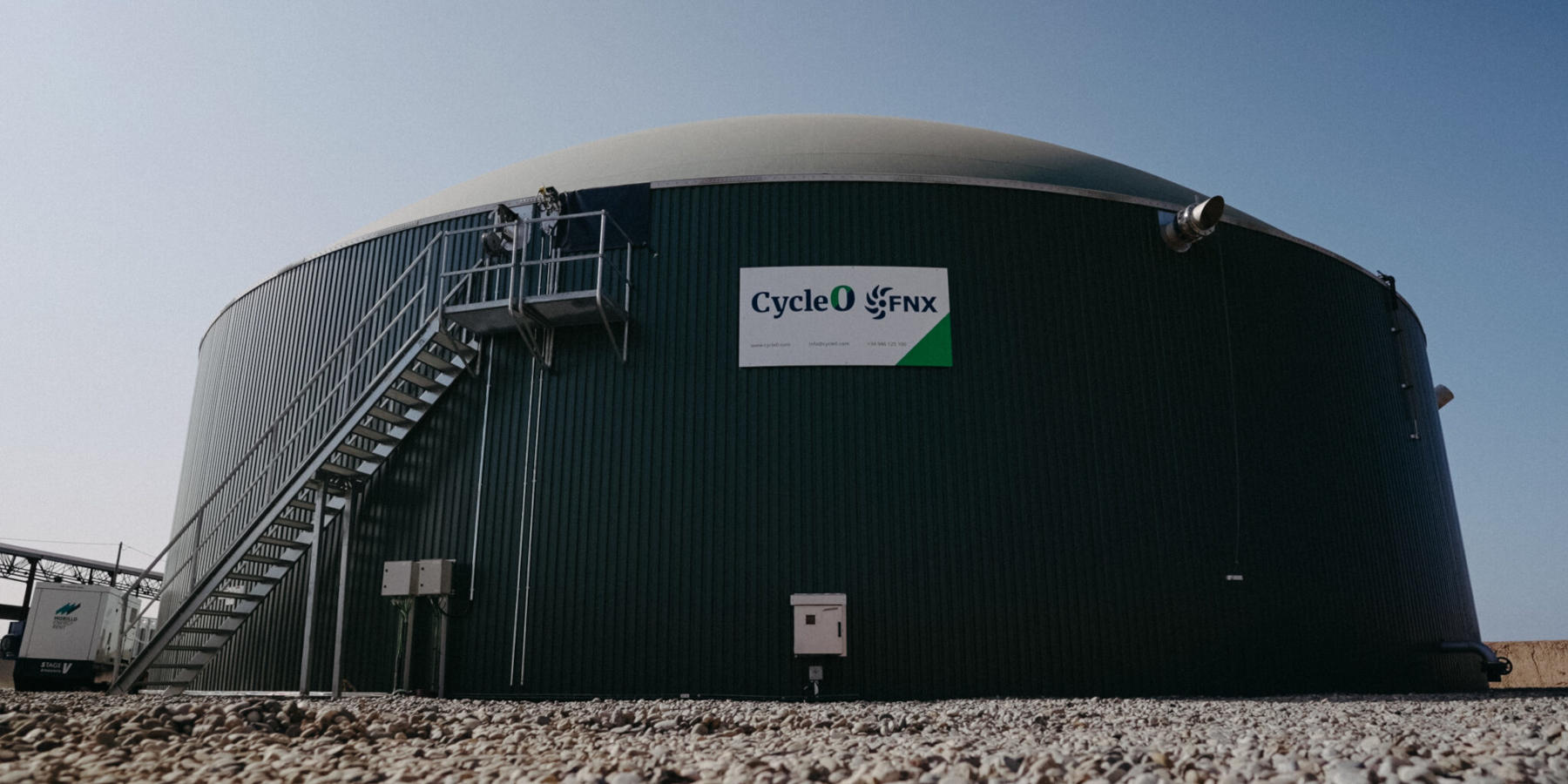Anaerobic digestion plants play a crucial role in waste management and renewable energy production. However, the emission of unpleasant odours can be associated with some of these facilities.
Fortunately, advancements in odour control technology offer robust solutions to mitigate these concerns, significantly reducing impacts on quality of life for residents living nearby. It’s worth exploring how odour control technology works in an anaerobic digestion (AD) plant.
What is odour control technology?
Odour control technology encompasses a range of strategies and techniques designed to neutralize, reduce, or eliminate odours generated during waste management and the processing of organic or other materials.
These technologies are particularly useful for anaerobic digestion plants, which process organic materials in the absence of oxygen, resulting in the production of biogas and other by-products.
How odour control technology works in an AD plant
Odour control technology in an AD plant reduces the concentration of unpleasant odours in the air, improving air quality for residents living nearby.
Several odour control technologies are utilized to manage emissions from anaerobic digestion plants:
- Biofilters: Biofilters use microorganisms to break down odorous compounds. Air containing odours is passed through a bed of organic material, such as compost or wood chips, where microbes degrade the pollutants, resulting in cleaner air.
- Scrubbers: Scrubbers remove odours from air streams by passing the air through a liquid solution that absorbs or chemically reacts with the odorous compounds.
- Activated Carbon Adsorption: Activated carbon is a highly porous material that can adsorb a wide range of odorous compounds. Air is passed through beds of activated carbon, which capture and hold the odours.
- Chemical Neutralization: Chemical neutralizers react with odorous compounds to neutralize them. This method often involves the use of oxidizing agents or other chemicals that can effectively eliminate specific types of odours.

How odour control technology has been successfully applied in an AD plant
One example of the successful application of odour control at an AD facility highlights several key benefits of using this technology. A facility in the North East of England processes organic materials to produce biogas and faced significant challenges related to odour emissions.
Exeon, specialists in the design, supply & installation of dust & odour control systems for AD plants, was chosen as the emissions control partner for this project due to their extensive technical knowledge and experience in similar facilities.
The best available odour control technology was designed and installed at the site, producing benefits, which included improved air quality from integrated ventilation systems and the use of Computational Fluid Dynamics modelling to ensure optimal airflow.
The design process involved extensive collaboration with architects and consultants, including backup systems, ensuring the system would always be fully operational.
The odour control technology was able to reduce the impact of bad odours at the biogas plant through several key mechanisms:
- High-Pressure Misting Systems: a fine mist of odour-neutralizing solution was dispersed, capturing and eliminating odours before they could spread. The strategic placement of atomization nozzles around waste processing areas maximized efficiency in odour reduction.
- Activated Carbon Filters: highly effective at removing odorous volatile organic compounds (VOCs) from air emissions. This complemented existing technology and boosted purification capacity.
- Real-Time Monitoring Systems: Advanced technology allows real-time monitoring of odour emissions, providing immediate insight into odour sources and levels, enabling prompt resolution if required.
Odour levels at the site were significantly reduced (in technical terms, from 6,000ouE/m3 to 200ou/E/m3) at the discharge point which becomes undetectable to human nose at the site boundary. Overall, the combination of these technologies ensured that the facility could operate efficiently while minimizing its impact on the surrounding environment.
Another example at the North London Heat and Power waste transfer facility in north London highlights several key benefits of using odour control technology. The facility, which is part of a new project to create low carbon energy from non-recyclable household waste, had significant challenges related to odour emissions.
Again Exeon was chosen as the emissions control partner for this project due to their extensive technical knowledge and experience in similar facilities. The installed system now has the capability of removing up to 99% of key odour components.
Odour control technology in anaerobic digestion plants
Odour control technology plays an key role in the everyday operation of anaerobic digestion plants. By employing advanced techniques such as biofilters, scrubbers, activated carbon adsorption, and chemical neutralization, these technologies effectively mitigate odour emissions.
CycleØ is committed to minimising the impact of our biogas plants on local residents and will adhere to any requirements when planning permission is granted. All our plans undergo a detailed environmental impact assessment, so we must consider any possible effect on nearby buildings, wildlife, rural and scenic areas of beauty, biodiversity and ecosystems.
CycleØ Your Partner in Renewable Gas Solutions
At CycleØ, we develop, own and operate biogas plants across Europe, working towards our mission to turn waste into renewable natural gas. We are a biogas plant developer that understands the intricacies of anaerobic digestion, and committed to working with local communities and stakeholders in the professional and safe operation of our facilities.
Visit our anaerobic digestion FAQs to understand more about how AD and biogas contribute to a greener future.